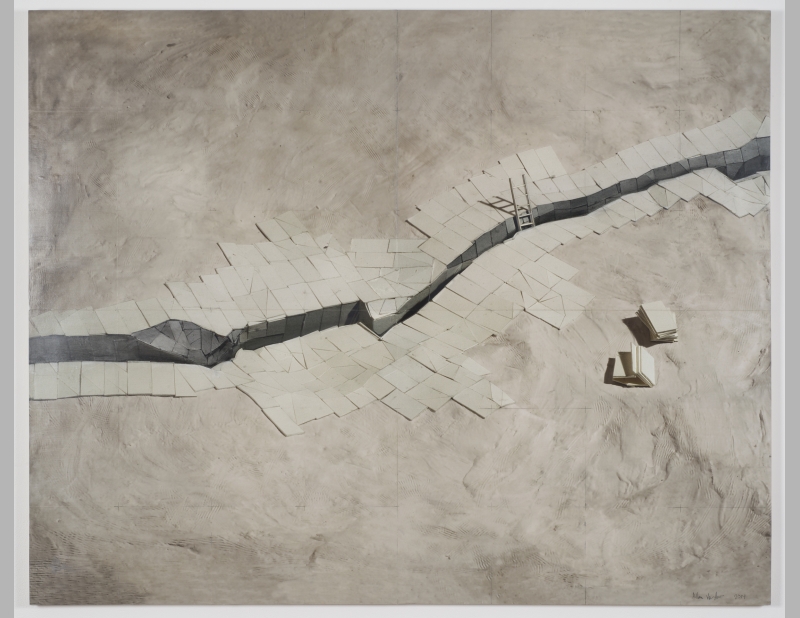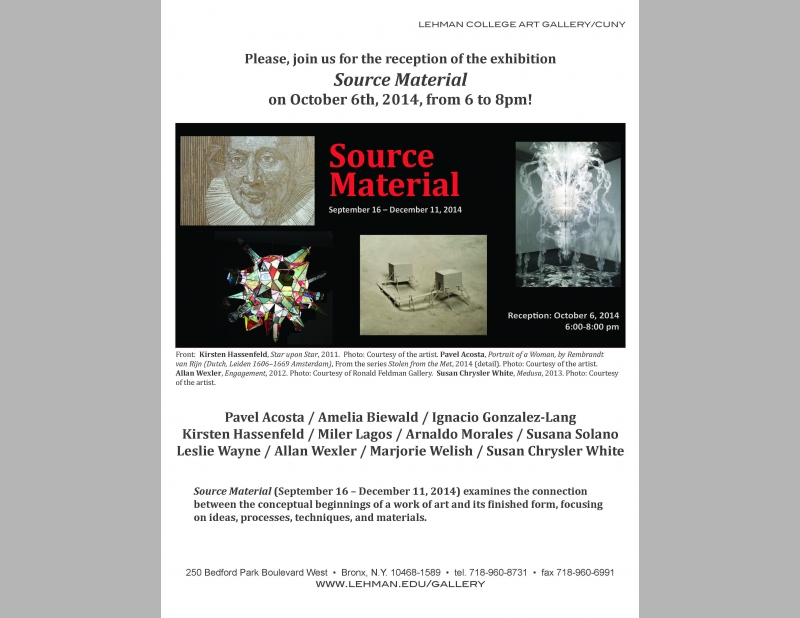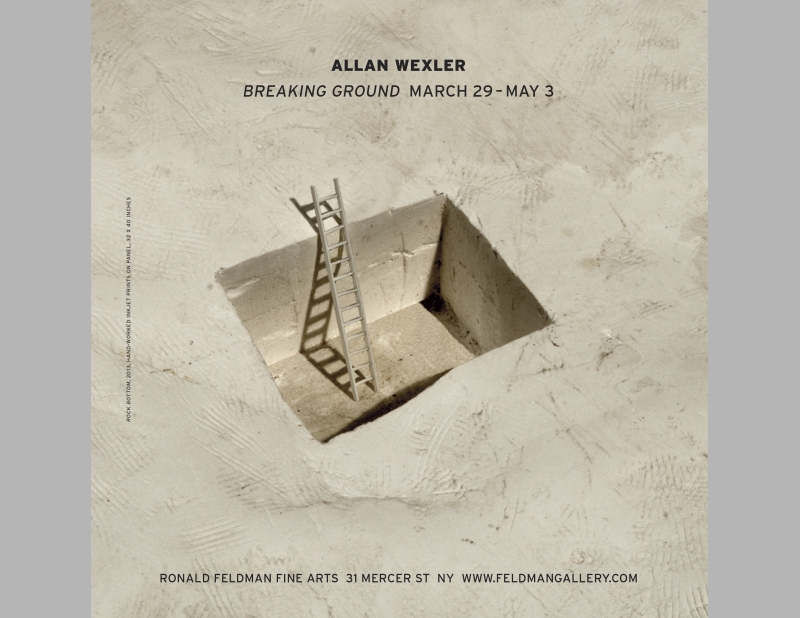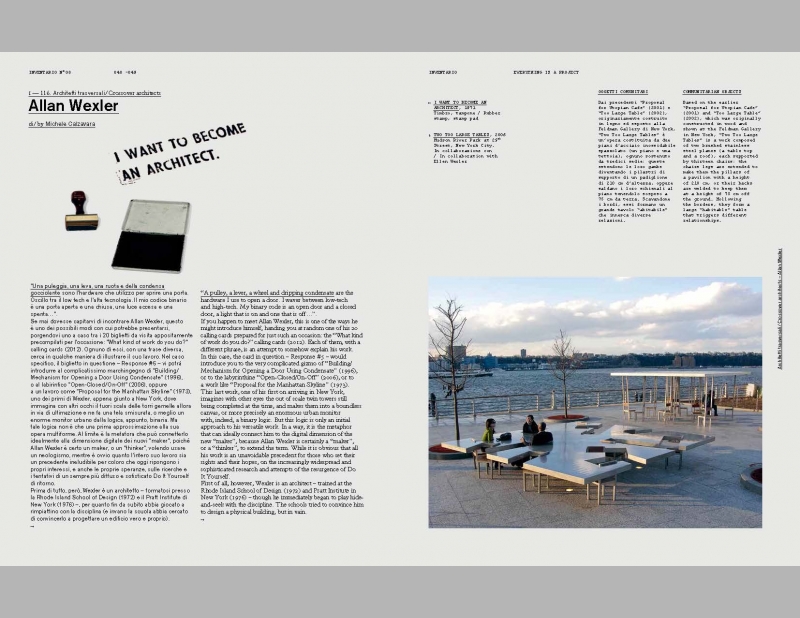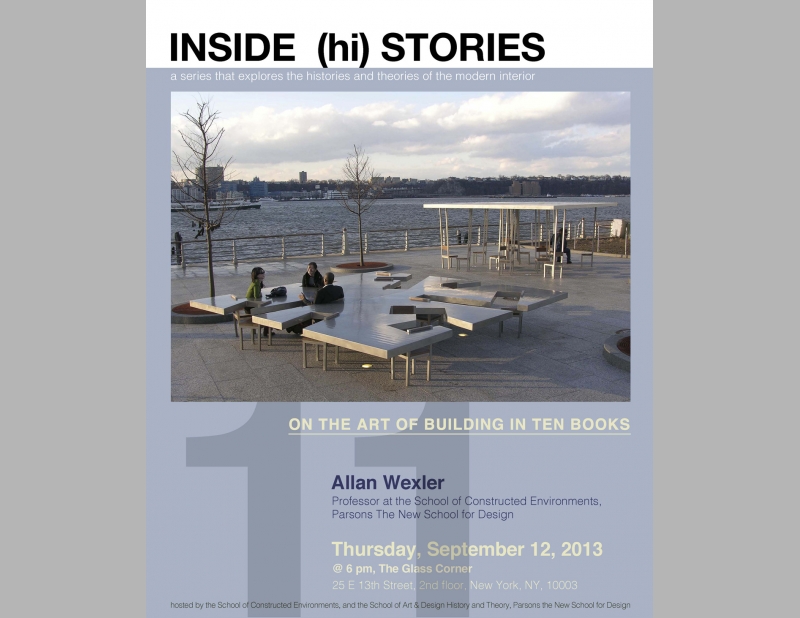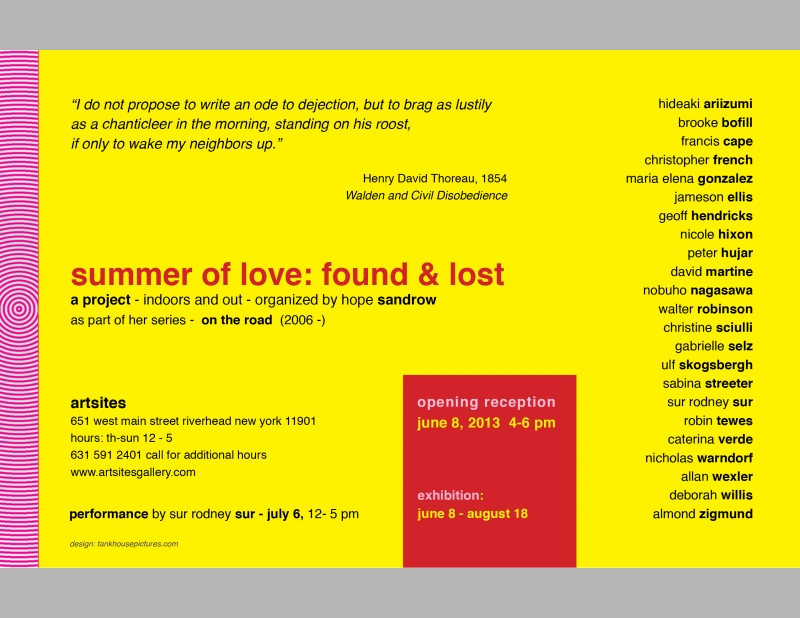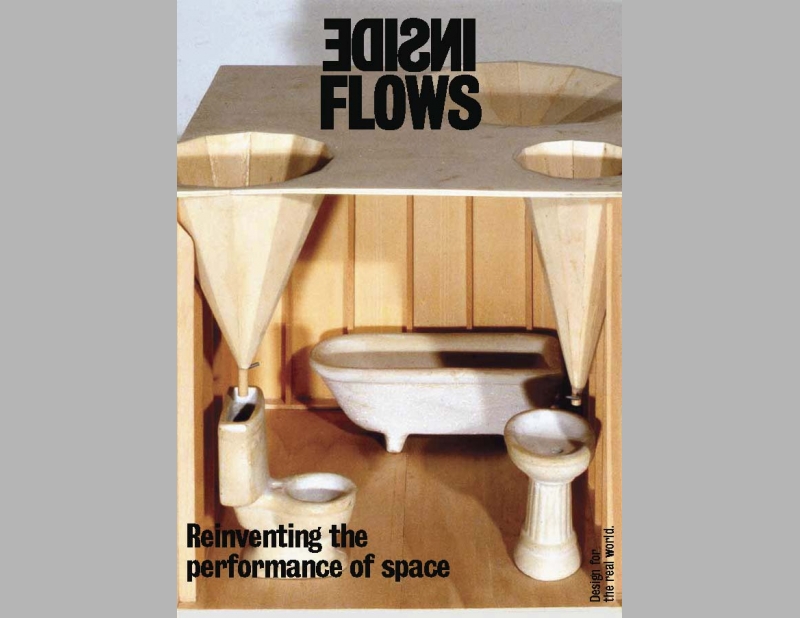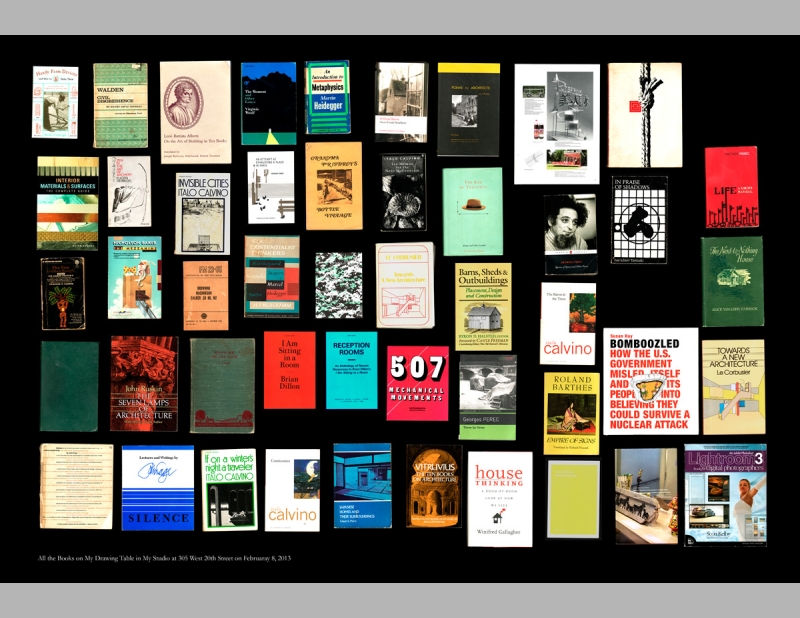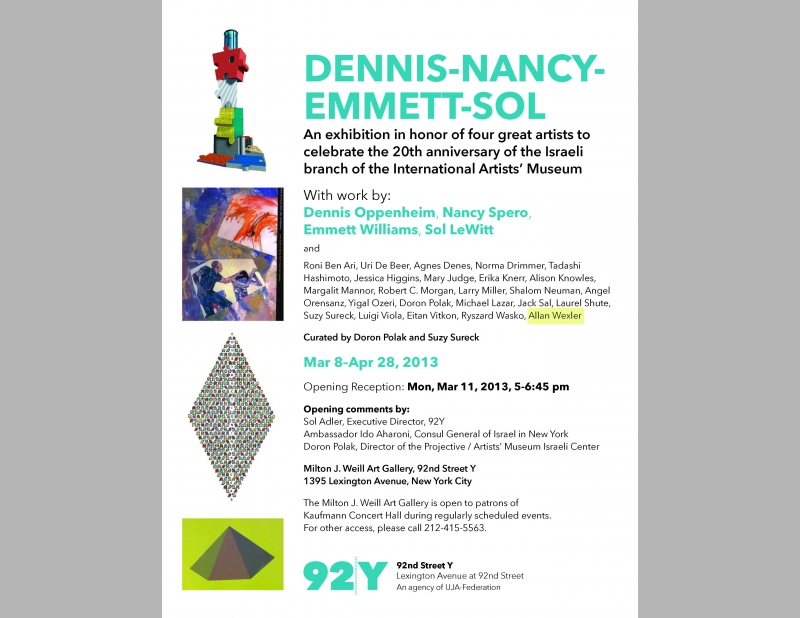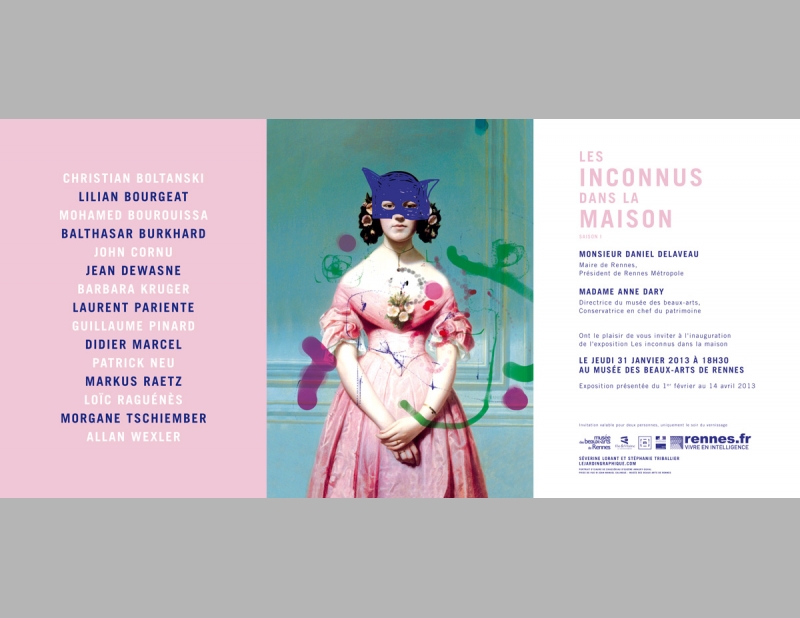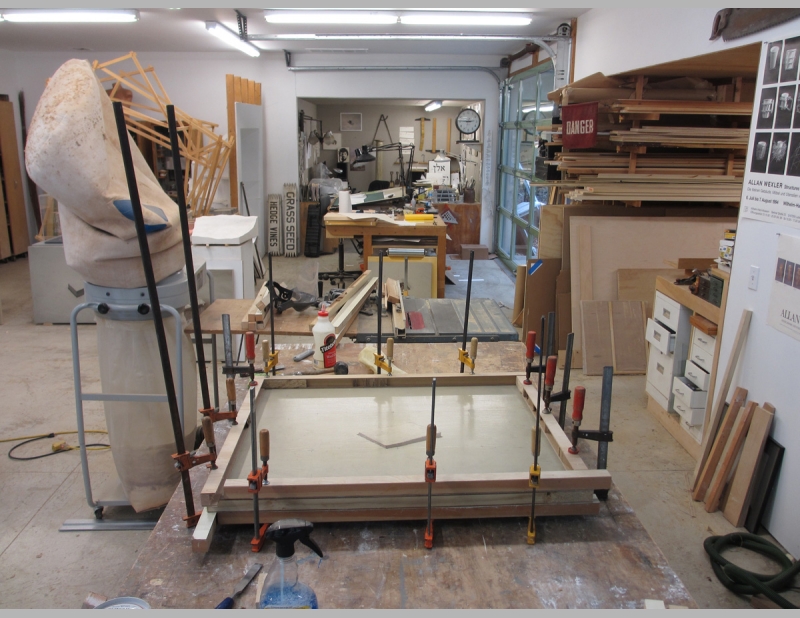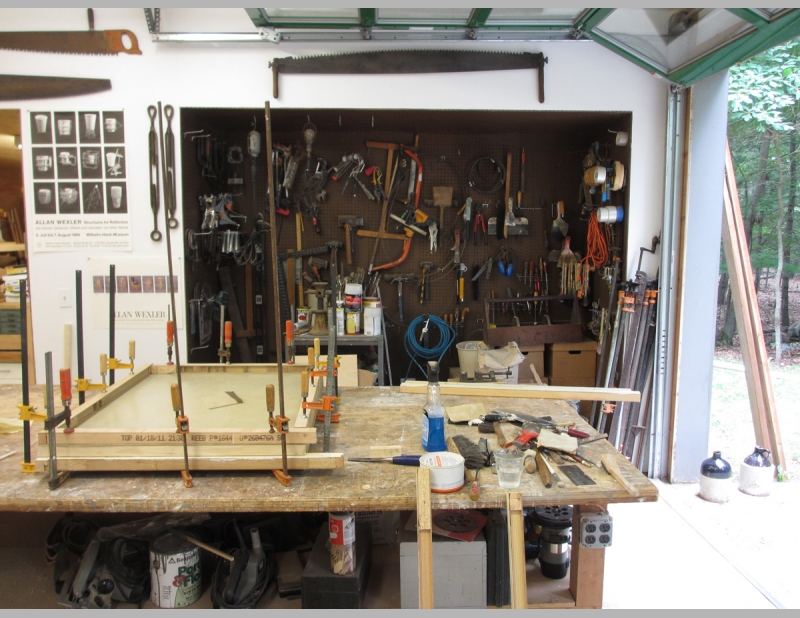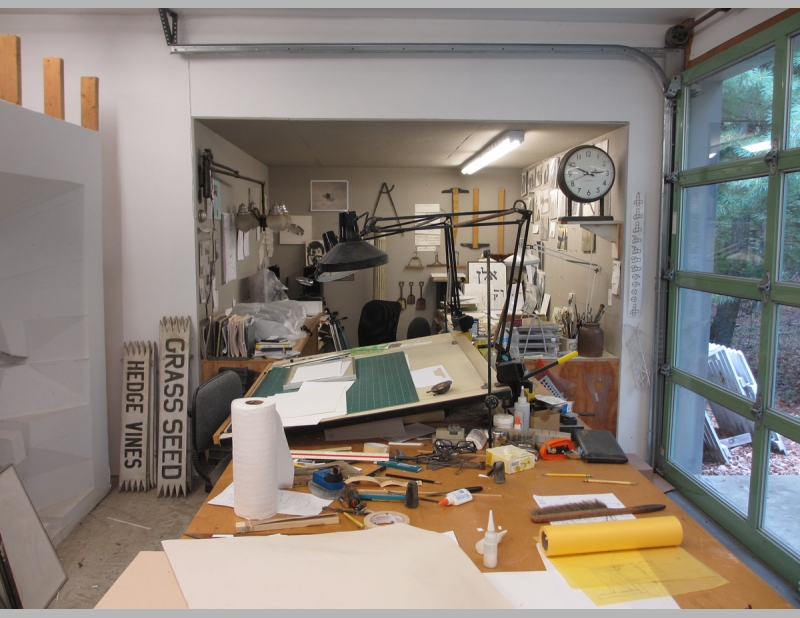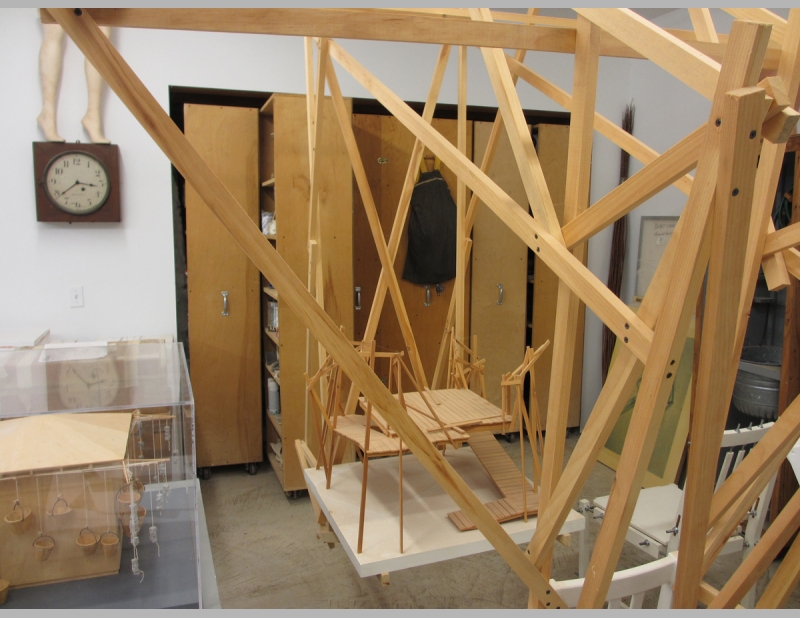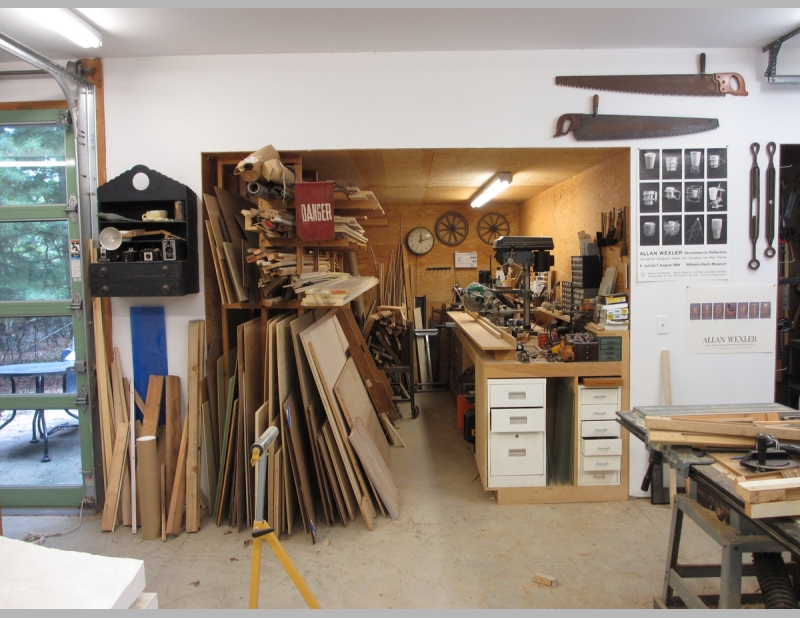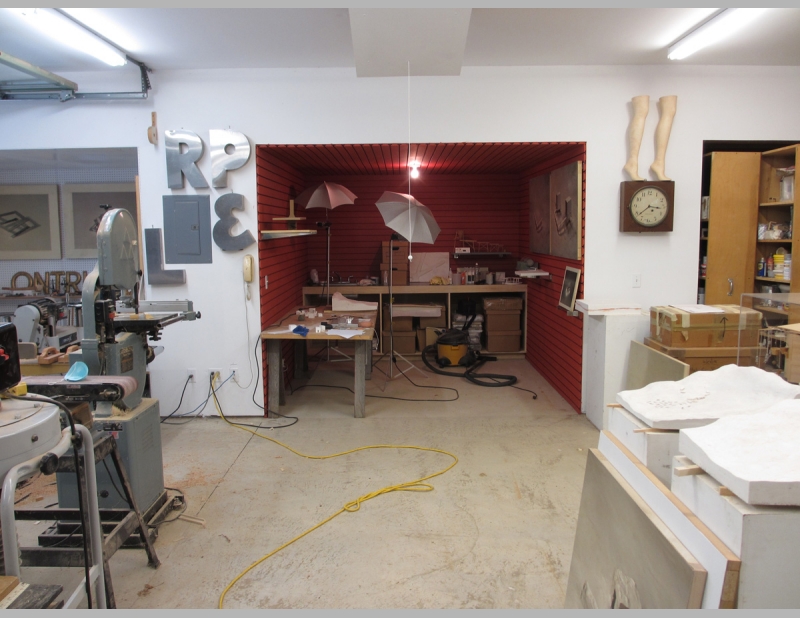
Absurd Thinking: Between Art and Design is a survey of work by artist/architect Allan Wexler. The book features projects developed across the artist's forty-five-year career that mediate the gap between fine and applied art using the mediums of architecture, sculpture, photography, painting, and drawing. Wexler's works can be broadly described as tactile poetry composed by re-framing the ordinary. They sustain a narrative about landscape, nature, and the built environment that highlights the intriguing and surprising characteristics latent in the elements and rituals that pervade daily life. Wexler's work is sometimes functional sometimes theoretical, and often a hybrid of the two. In all cases, it demonstrates a commitment to re-evaluating basic assumptions about the human relationship to the built and natural environments. Organized thematically across four categories—Abstraction, Landscape, Private Space and Public Places—this book is a richly illustrated cross-section of Wexler's multi-scale, multi-media work featuring his own writings, narratives and reflections. Included are critical contributions by Patricia Phillips, writer, curator and Academic Dean at Moore College of Art & Design in Philadelphia; Sean Anderson, associate curator of architecture and design at the Museum of Modern Art in New York; and Michele Calzavara, writer, curator and architect.
Absurd Thinking: Between Art and Design is certain to instigate creative thought among designers and artists, and offer new strategies for examining the inhabited environment.
